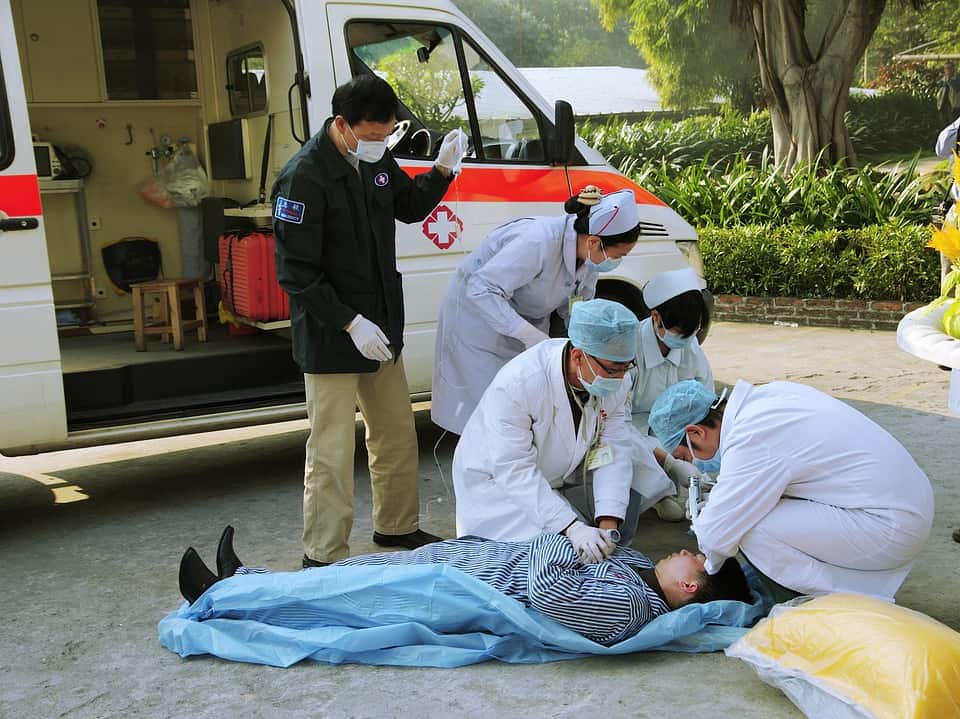San Diego Police Department Officer Acquitted for Oceanside Car Accident and Road Rage Assault
The case involving off-duty San Diego Police Officer Frank White has finally been settled. On Monday, a jury found Officer White not guilty in this road-rage car accident that occurred in Oceanside in March of 2008 that culminated in the shooting of a woman and her young son. Officer White, 29, was acquitted of a felony count of grossly negligent discharge of a firearm and a misdemeanor count of exhibiting a firearm.
Prosecutors of the case argued that White was an easily-angered man who had no justification for not only displaying his revolver, but also firing five rounds into Rachel Silva’s car at night on March 15, 2008. Silva had been struck twice in the arm and her son was struck in the leg. Deputy District Attorney Jeff Dusek noted that as a trained police officer, White should have taken other steps to diffuse the situation that brought about the shootings. White had been off-duty and not in uniform at the time it happened, and his wife Jacquellyn was reportedly with him at the time.…










